Microsoft Windows CE 2.11 (Handheld PC Pro) - JupiterReleased in 1998, Windows code name Jupiter followed on thirteen months later from its Handheld PC Predecessor - Windows CE 2.0 for Handheld PC's. The consumer platform release, to be known as Handheld PC 3.0 Professional was based on the Windows CE 2.11 code which came from the testing of the Windows CE 2.10 core. H/PC Pro was originally tested on the 2.10 core, with prototype devices appearing at the 1998 Comdex trade show based on 2.10. Windows CE 2.11 based Handheld PC Pro devices are regarded as the definitive release for the Handheld PC. Appearing at the height of the H/PC's popularity they held the largest sales volume and concentrated the most development support over any of the H/PC platforms. The H/PC Pro formula was taken - almost intact and placed onto the Windows CE 3.0 core for the Galileo release which would later become HPC2000. ScreenshotsThe release limitations for a Handheld PC 3.0 based device remained very rigid. Devices with resolutions higher than the HVGA Clamshell standard began to see larger market penetration, along with the first T/PC and keyboardless Windows CE devices - outside of the scope of the Palm-size PC release. The Clamshell 640x240 specification remained the device footprint used by the majority of large OEM's when creating consumer devices. 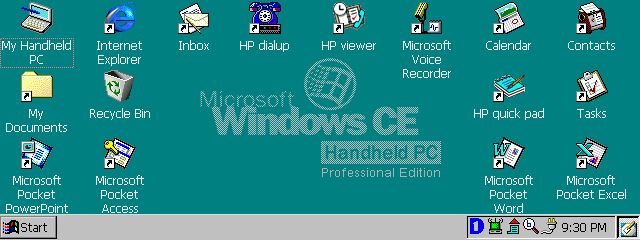
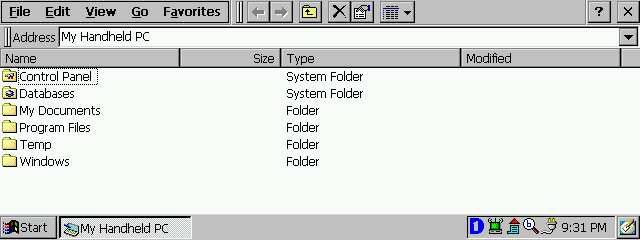
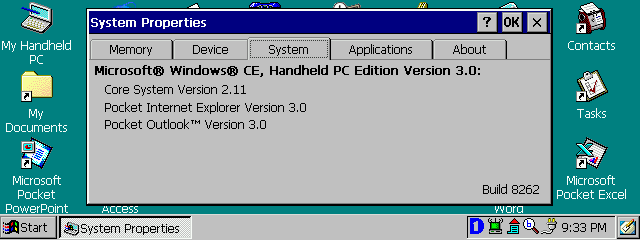
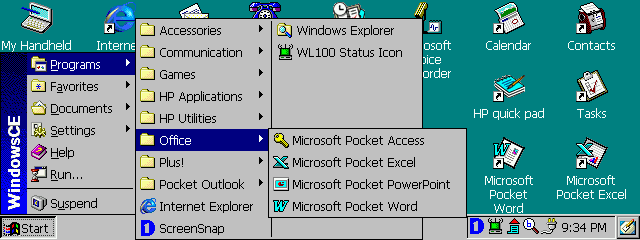
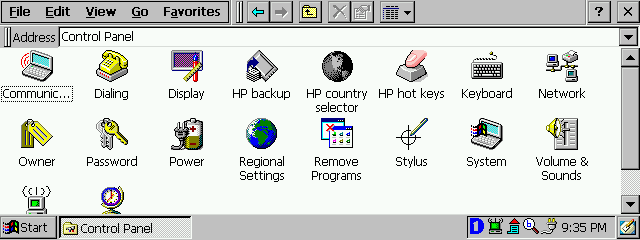
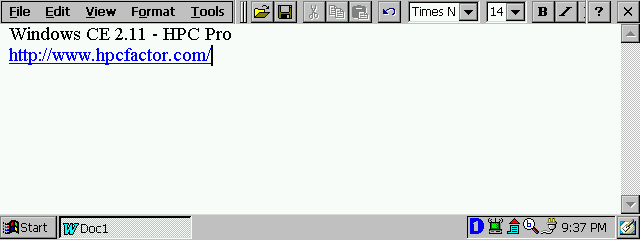
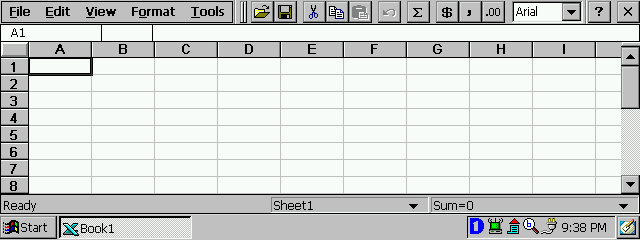
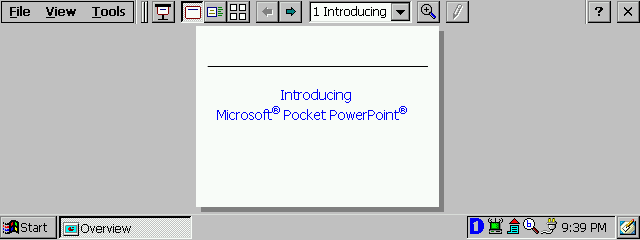
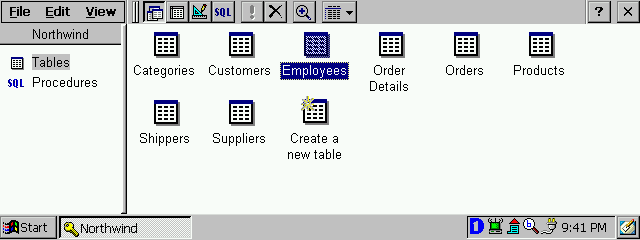



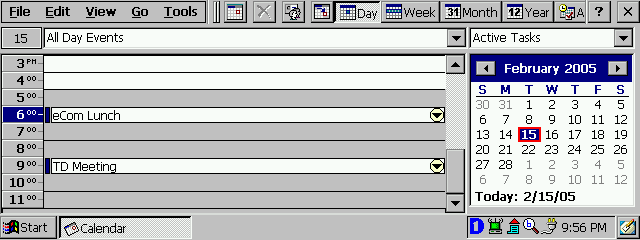
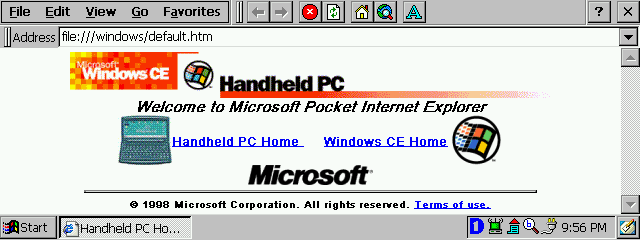


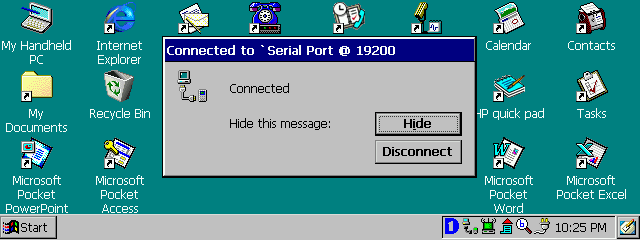
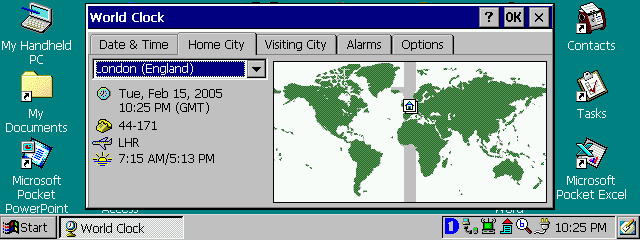
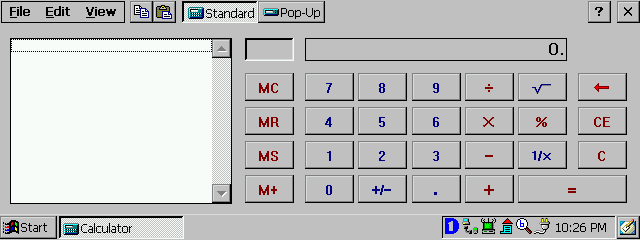


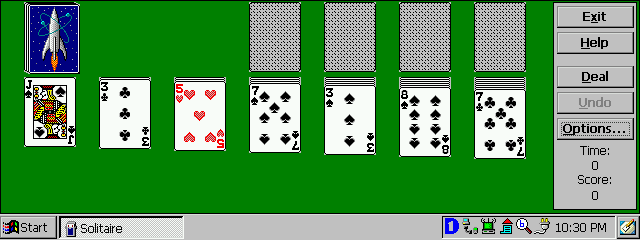
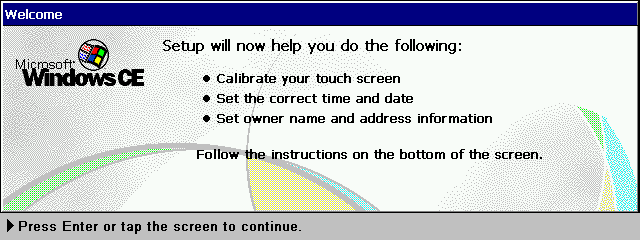
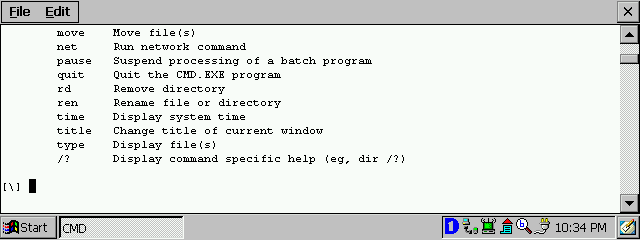
With thanks to Rory Lewis for assistance with this article. |
